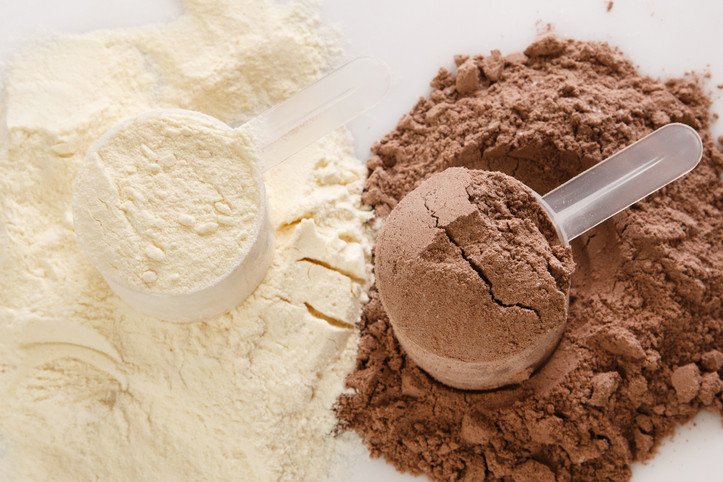1. Concerning Contaminants in Protein Powders
Recent investigations have revealed that many over-the-counter protein powders contain concerning levels of heavy metals, particularly lead and cadmium. These findings are especially notable in plant-based, organic, and chocolate-flavored varieties.
2. The Risks of Lead and Cadmium Exposure
The US Environmental Protection Agency has stated that there is no safe level of lead for humans, and cadmium is recognized as a carcinogen. These heavy metals pose risks to vital systems such as the heart, kidneys, brain, and respiratory and reproductive systems.
Read More : You Can Stop Worrying About Your ‘Protein Goals,’ According to Experts
3. Organic and Plant-Based Powders: Higher Contamination Levels
Studies show that organic protein powders contain three times more lead and twice the amount of cadmium compared to non-organic options. Plant-based powders, derived from sources like soy, rice, and peas, also had three times more lead than whey-based products.
4. The Role of Contaminated Soil in Heavy Metal Absorption
Plants naturally absorb heavy metals from the soil, but contamination levels rise when the soil is affected by mining, industrial waste, or the use of certain pesticides and fertilizers.
5. Chocolate-Flavored Powders: A Surprising Source of Heavy Metals
Chocolate-flavored protein powders were found to contain four times more of it and up to 110 times more cadmium than vanilla-flavored varieties. The contamination likely stems from cacao’s natural heavy metal content.
6. Dark Chocolate and Heavy Metal Contamination
While dark chocolate is celebrated for its antioxidants and flavonoids, studies have shown that nearly half of dark chocolate products exceed California’s Proposition 65 allowable lead levels, raising concerns about its safety.
7. A Global Food Safety Issue
Heavy metal contamination isn’t isolated to protein powders or cacao. It is a global food safety issue, affecting many products marketed as health foods. Transparency in labeling is crucial to help consumers make informed choices.
8. Advanced Testing and Regulatory Standards
Modern testing methods can detect even trace amounts of heavy metals. However, these levels are often below the safety thresholds set by regulatory bodies like the FDA and EPA. Strict state laws like California’s Proposition 65 provide additional benchmarks for safety.
9. Improvement in Bisphenol Levels
The 2024 report by the Clean Label Project noted a reduction in bisphenol A (BPA) levels compared to earlier investigations. BPA, a hormone disruptor, was once commonly used in food containers but has seen reduced usage due to health concerns.
10. California’s Proposition 65: Setting Strict Guidelines
Proposition 65 is one of the strictest laws in the US regarding environmental contaminants. Nearly half of the protein powders tested in 2024 exceeded Prop 65’s regulatory lead limits, with plant-based powders being the worst offenders.
11. Comparing Plant-Based and Whey-Based Protein Powders
While 80% of plant-based and organic protein powders exceeded Prop 65’s limit, only 26% of collagen-based and 28% of whey-based powders did so. This highlights the importance of choosing products carefully.
12. Shopping Wisely for Safer Protein Powders
Consumers don’t need to eliminate protein powders from their diets but should prioritize products tested for safety. Reading labels, opting for reputable brands, and avoiding heavily flavored varieties like chocolate can reduce exposure to harmful contaminants.



